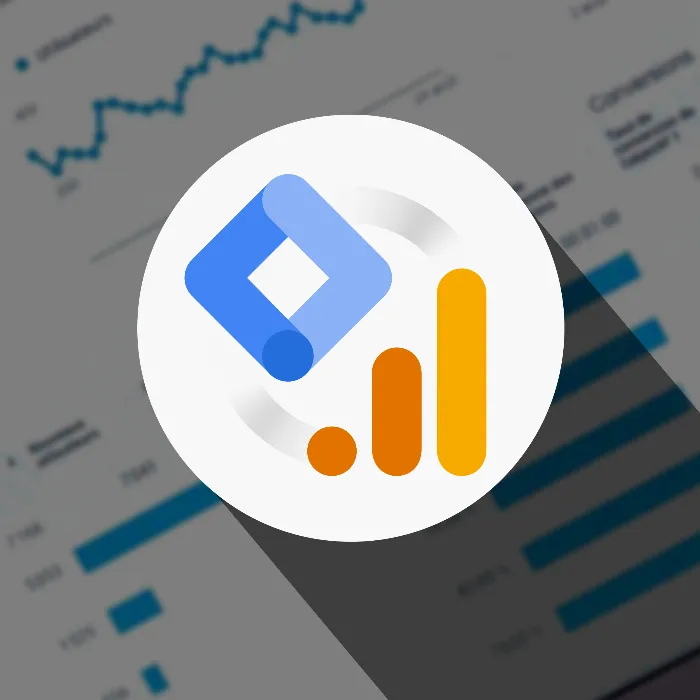You are ready to dive deeper into the world of Variables in Google Analytics. Variables play a crucial role in Google Tag Manager and allow you to conduct a detailed analysis of user interactions on your website. This tutorial will show you how to select and create both built-in and custom variables. Let's dive right in.
Key Takeaways
- Overview of built-in and custom variables.
- How to select and configure variables in Google Tag Manager.
- The process of creating custom variables.
- Tips to avoid clutter when selecting variables.
Step-by-Step Guide
1. Introduction to Variables
Before starting to work with variables, it is important to understand what they are and how they can be used in conjunction with triggers. The built-in variables, such as the page URL or page path, provide you with fundamental information about the website. This allows you to get an overview of which variables you can use alongside triggers.
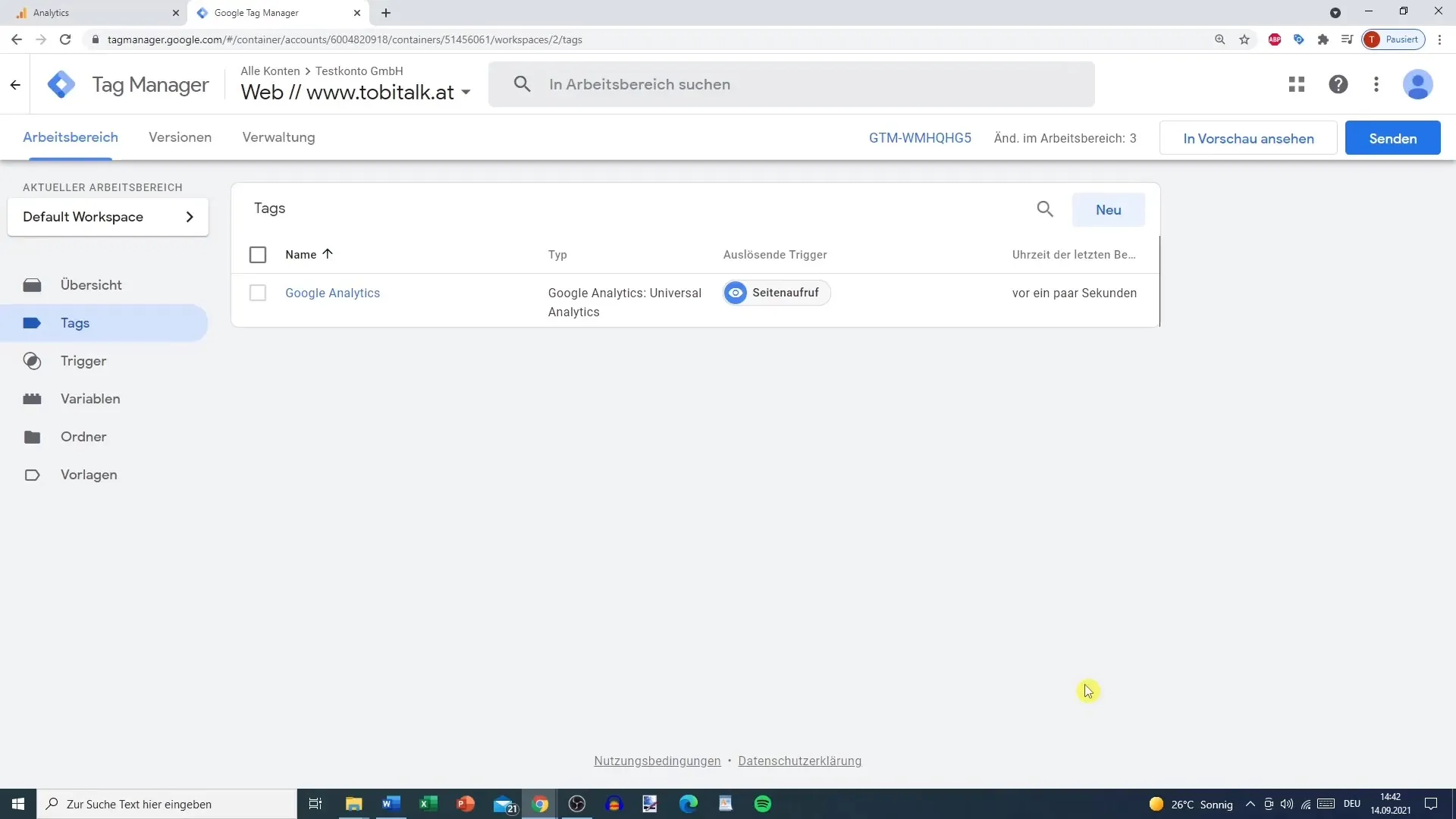
2. Triggers and Their Variables
When creating triggers, such as page views in Google Tag Manager, you can select specific variables. It is easy to add a built-in variable while editing the trigger settings. Choose the relevant variable for page views to capture valuable data. We will take a closer look at the options for selecting variables.
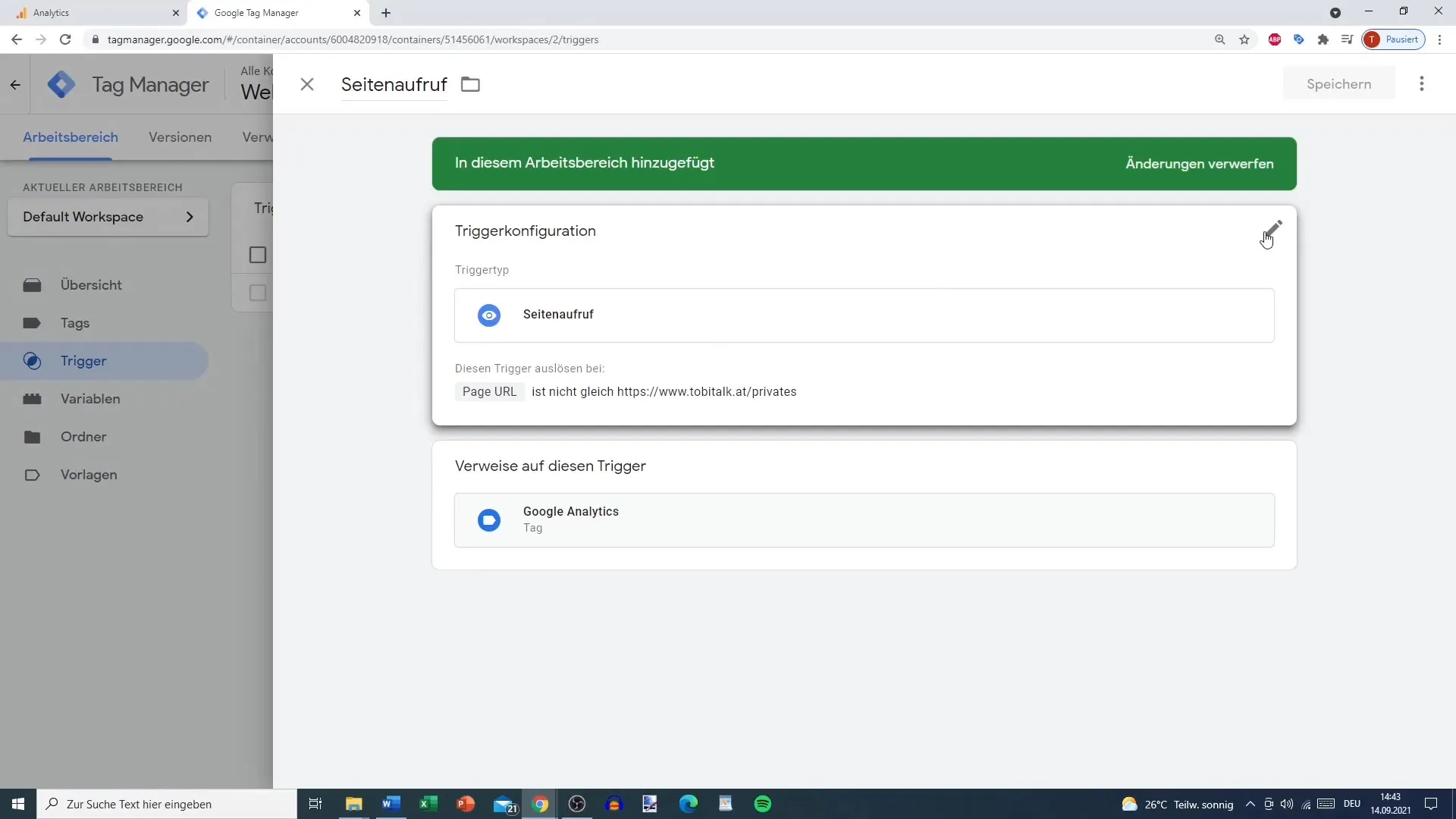
3. Selection and Configuration of Variables
Go to the variables in your Google Tag Manager and configure the ones you want to use in your projects. You have the option to select existing built-in variables as well as create new ones. Choose the variables that are important for your analysis. Although there are many different variables, it is often advisable to select all built-in variables, even if it may seem overwhelming at first.
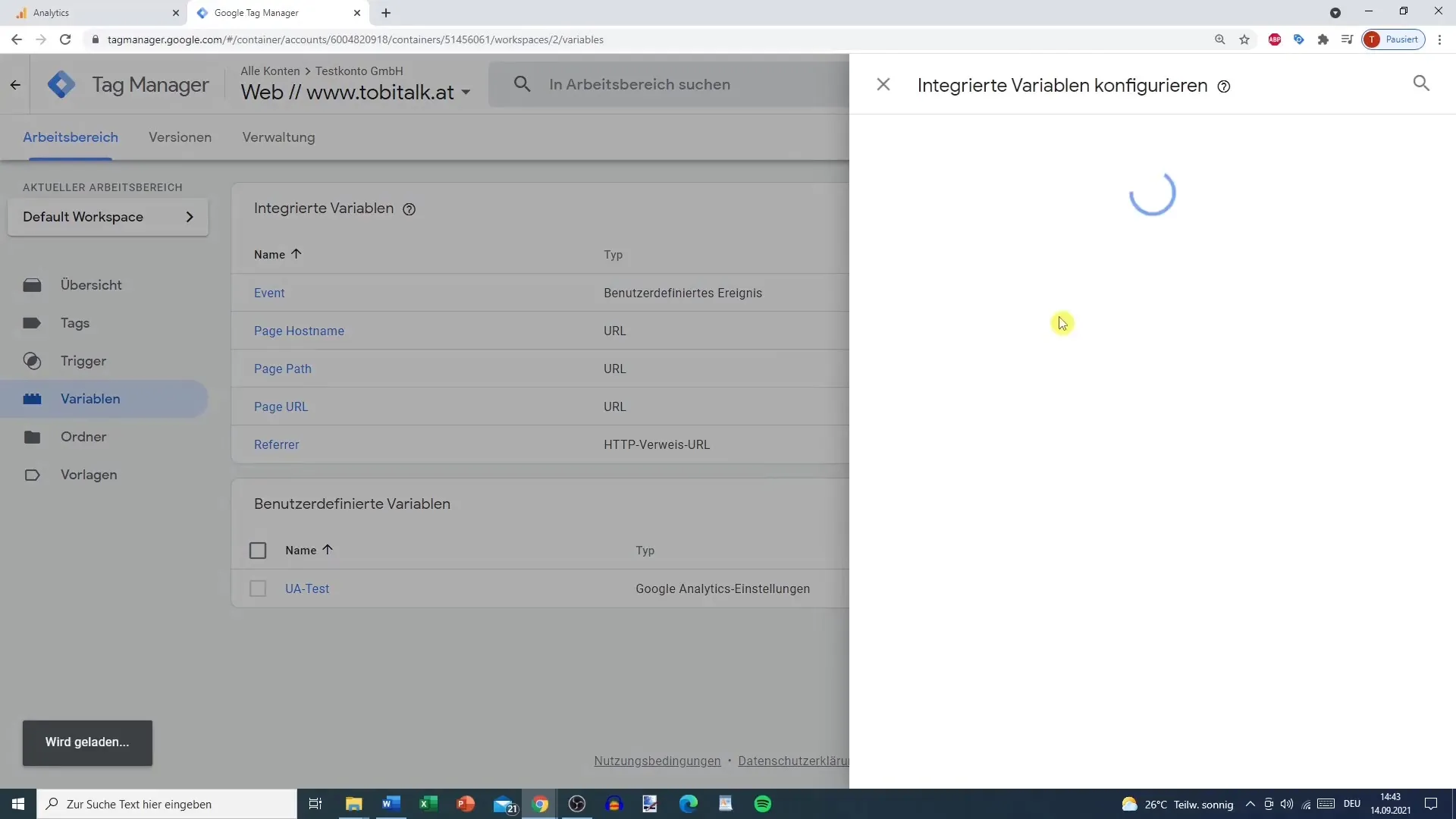
4. Creating Custom Variables
To collect more specific data, you can also create custom variables. Click on the "New" button and give your variable a name. For example, you could create a test variable. Then, you have the option to choose a type for this variable, such as a container ID, and enter the relevant information there.
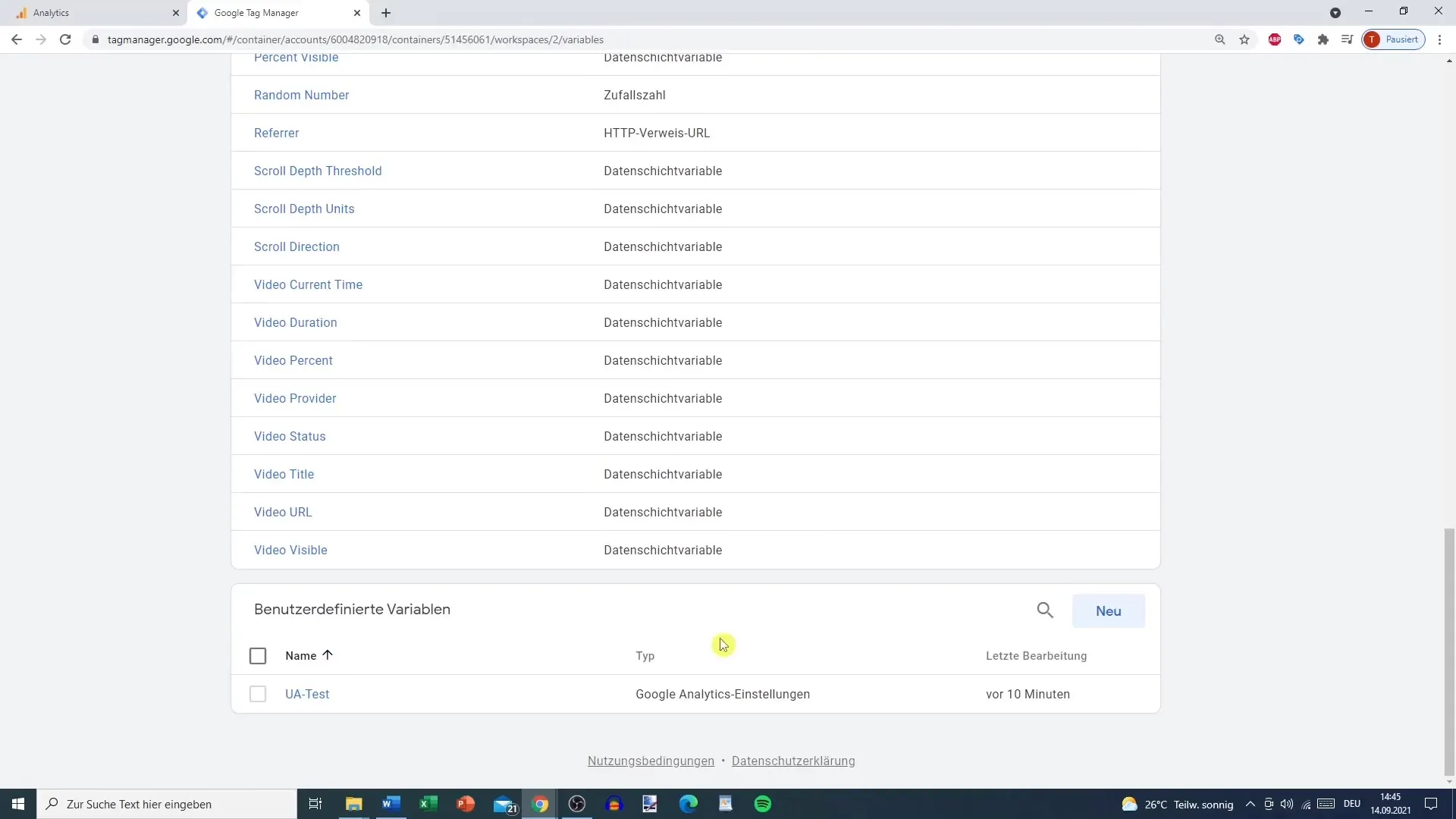
5. Using Variables with Triggers
Once you have selected and configured your variables, you can use them in your trigger. Save your settings to ensure that all chosen variables are properly registered. Adding a variable to the trigger allows you to conduct more targeted analyses.
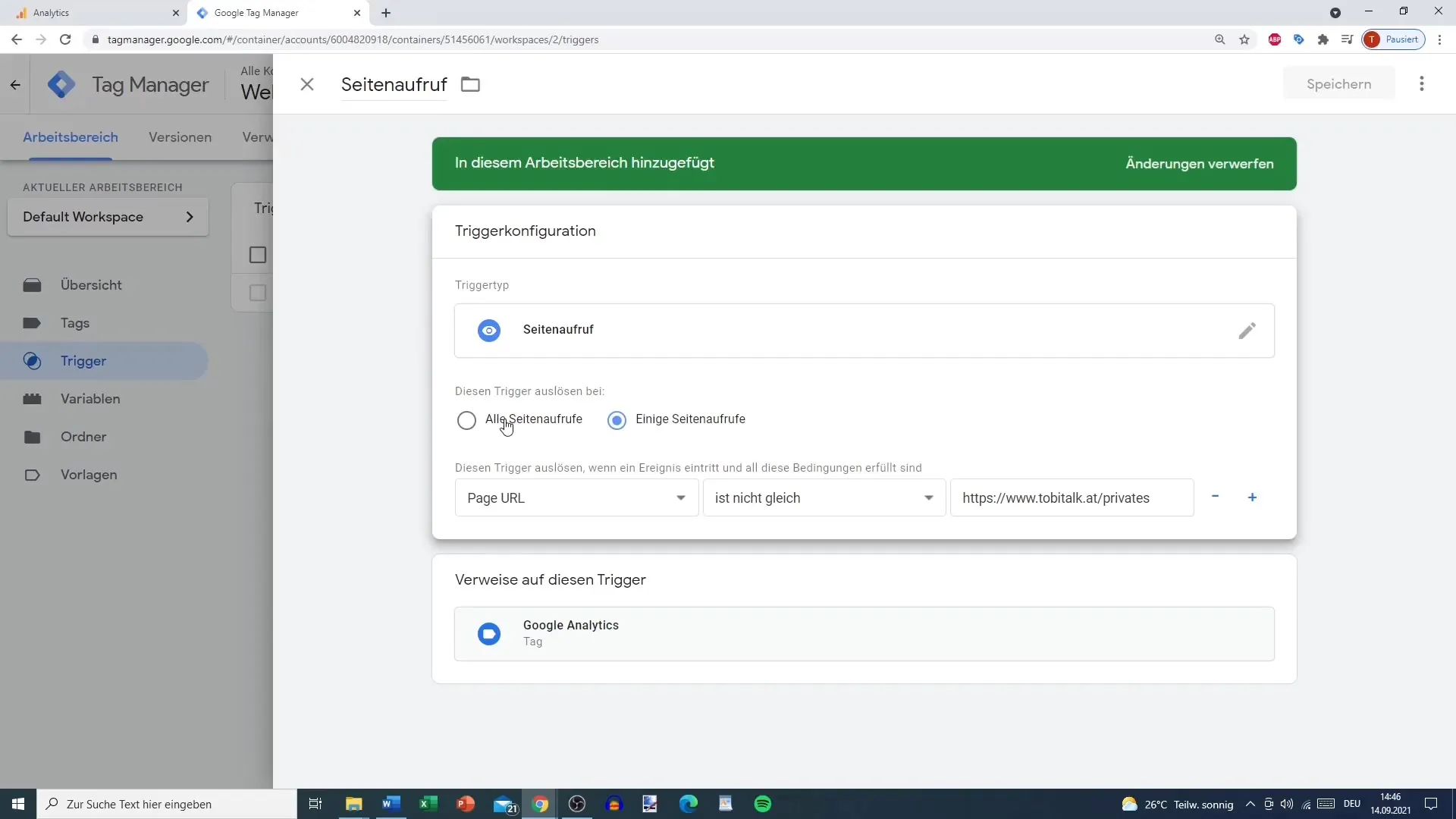
6. Testing the Settings
To ensure that everything is working smoothly, test your settings in preview mode. This allows you to see if the variables are working correctly and capturing the necessary data. Once everything is working, you can publish your changes to implement them live on your website.
7. Conclusion on Using Variables
Utilizing variables in Google Tag Manager is an essential part of any analysis strategy. They not only help you understand the interactions on your site but also enhance your capabilities for targeted data collection. By understanding and effectively using built-in and custom variables, you can elevate your analyses to a higher level.
Summary
In this guide, you have learned how to use variables in Google Tag Manager to track user behavior on your website. You now know how to select built-in variables, create custom variables, and how important they are for your analysis. To be successful, it is important to become familiar with selecting and handling variables.
Frequently Asked Questions
How do I select built-in variables?You can select built-in variables in the settings of your Google Tag Manager. Go to the "Variables" section and activate the desired variables.
What are custom variables?Custom variables are user-defined variables that capture specific data that may not be available in the built-in variables.
How do I test my variables in Google Tag Manager?You can use the preview mode to test if all variables are working correctly and capturing the necessary data before saving any changes.
